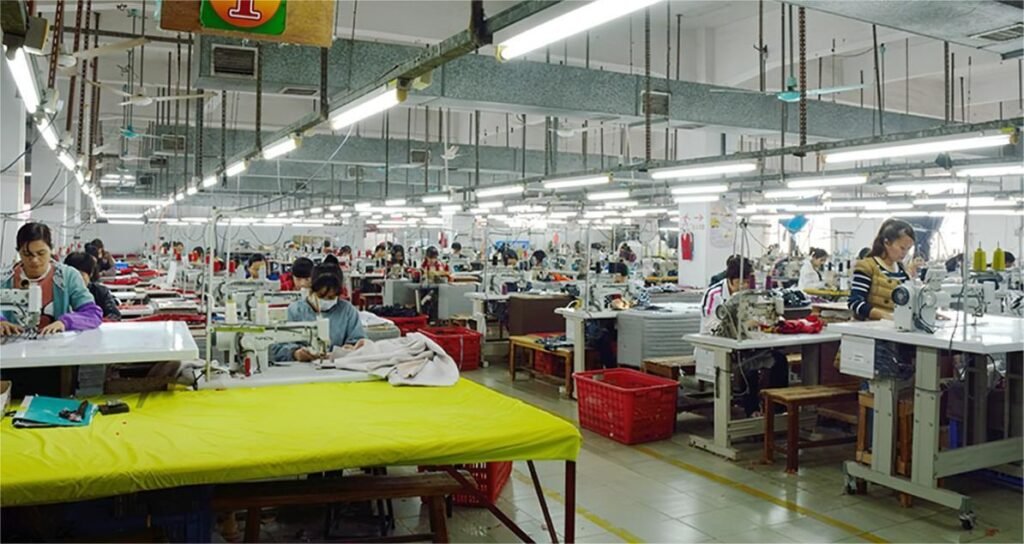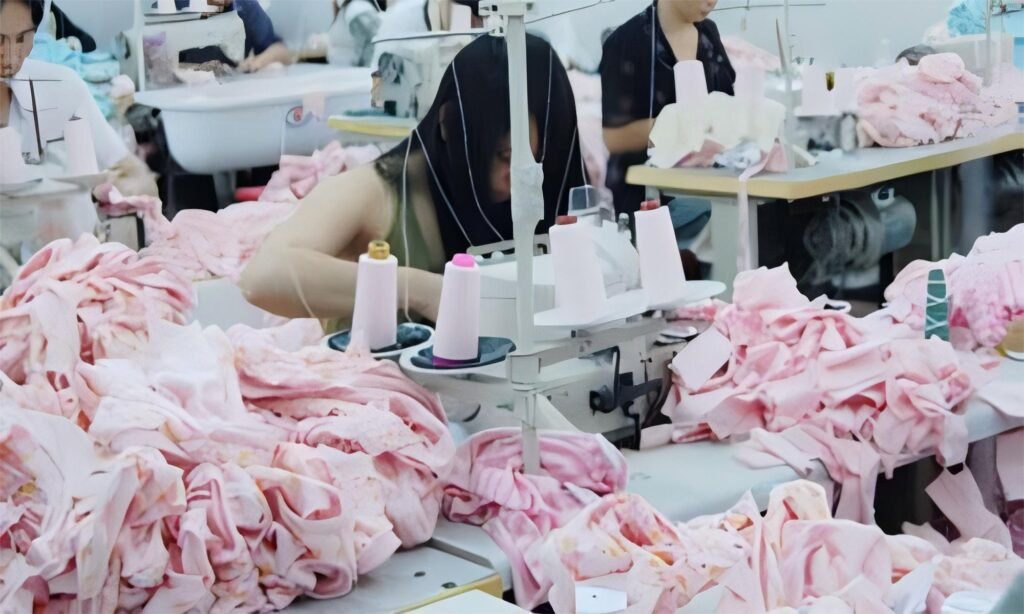No products in the cart.
Custom Yoga Pants
How to Become a Wholesaler of Clothing: A Step-by-Step Guide
How to Become a Wholesaler of Clothing: A Step-by-Step Guide
The wholesale clothing industry is a thriving sector that offers lucrative opportunities for entrepreneurs looking to start their own business. As a wholesaler, you will be responsible for sourcing and distributing clothing items to retailers, providing them with the inventory they need to meet the demands of their customers. In this comprehensive guide, we will walk you through the step-by-step process of becoming a successful wholesaler of clothing.

1. Understand the Wholesale Clothing Industry
Before diving into the world of wholesale clothing, it is essential to have a solid understanding of the industry. Familiarize yourself with the latest trends, market dynamics, and consumer preferences. Research the different segments within the clothing industry, such as casual wear, formal wear, sportswear, and accessories, to determine which niche aligns with your interests and expertise.
2. Determine Your Niche and Target Market
Identifying your niche and target market is crucial for success in the wholesale clothing business. Consider factors such as age group, gender, style preferences, and geographic location when defining your target market. By specializing in a specific niche, you can tailor your product offerings and marketing strategies to cater to the unique needs and preferences of your target audience.
3. Research and Identify Reliable Clothing Suppliers
Finding reliable clothing suppliers is a critical step in establishing your wholesale clothing business. Conduct thorough research to identify reputable suppliers who offer high-quality products at competitive prices. Attend trade shows, industry events, and connect with other wholesalers to expand your network and gain insights into the best suppliers in the market. Look for suppliers who have a strong track record, good customer reviews, and a wide range of products to meet the diverse needs of your target market.
4. Establish Your Business Structure and Obtain Necessary Licenses
Once you have identified your niche and suppliers, it is time to establish your business structure and obtain the necessary licenses and permits. Decide whether you want to operate as a sole proprietorship, partnership, or limited liability company (LLC), and register your business accordingly. Consult with a lawyer or accountant to ensure compliance with local regulations and obtain any required licenses or permits, such as a resale license or tax identification number.
5. Create a Business Plan for Your Wholesale Clothing Venture
A well-crafted business plan is essential for guiding your wholesale clothing venture and attracting potential investors or lenders. Outline your business goals, target market, competitive analysis, marketing strategies, financial projections, and operational plans in your business plan. Include a detailed analysis of your startup costs, pricing strategies, and projected profit margins to demonstrate the viability and profitability of your business.
6. Develop a Strong Brand Identity and Marketing Strategy
Building a strong brand identity is crucial for standing out in the competitive wholesale clothing industry. Develop a compelling brand story, logo, and visual identity that resonates with your target market. Create a professional website and establish a strong online presence through social media platforms and digital marketing campaigns. Leverage influencer partnerships, content marketing, and search engine optimization (SEO) techniques to increase brand visibility and attract potential retailers.
7. Build Relationships with Retailers and Establish a Sales Network
To succeed as a wholesaler, it is essential to build strong relationships with retailers and establish a robust sales network. Attend trade shows, industry events, and networking opportunities to connect with retailers who align with your target market. Offer competitive pricing, flexible payment terms, and excellent customer service to attract retailers and encourage repeat business. Consider offering incentives such as discounts, free shipping, or exclusive product lines to incentivize retailers to choose your wholesale clothing business over competitors.
8. Set Competitive Pricing and Profit Margins
Setting competitive pricing and profit margins is a delicate balancing act in the wholesale clothing industry. Consider factors such as production costs, supplier prices, market demand, and competitor pricing when determining your wholesale prices. Aim for a pricing strategy that allows you to remain competitive while ensuring a healthy profit margin. Regularly review and adjust your pricing strategy based on market trends, supplier costs, and customer feedback to stay ahead of the competition.

9. Manage Inventory and Fulfillment Processes
Efficient inventory management and fulfillment processes are crucial for the smooth operation of your wholesale clothing business. Implement inventory management software to track stock levels, monitor sales trends, and automate reordering processes. Establish strong relationships with suppliers to ensure timely delivery of products and minimize stockouts. Streamline your fulfillment processes by partnering with reliable shipping and logistics providers to ensure prompt and accurate order fulfillment.
10. Implement Effective Customer Service and Communication Strategies
Providing exceptional customer service is key to building long-term relationships with retailers and ensuring their satisfaction. Develop clear communication channels and respond promptly to inquiries, concerns, and feedback from retailers. Offer personalized support, such as product recommendations, marketing materials, and training resources, to help retailers succeed in selling your clothing products. Regularly solicit feedback from retailers to identify areas for improvement and enhance your customer service strategies.
11. Stay Updated with Fashion Trends and Industry News
The fashion industry is constantly evolving, with new trends and styles emerging regularly. Stay updated with the latest fashion trends, industry news, and consumer preferences to ensure your wholesale clothing business remains relevant and competitive. Subscribe to industry publications, follow influential fashion bloggers and influencers, and attend fashion shows and trade events to stay ahead of the curve. By offering trendy and in-demand clothing items, you can attract retailers and maintain a loyal customer base.

12. Continuously Evaluate and Improve Your Wholesale Clothing Business
To thrive in the wholesale clothing industry, it is essential to continuously evaluate and improve your business operations. Regularly review your sales data, financial performance, and customer feedback to identify areas for improvement. Seek feedback from retailers and suppliers to gain insights into their experiences and identify opportunities for growth. Embrace innovation, invest in technology, and adapt your strategies to meet the evolving needs of your target market and stay ahead of the competition.
In conclusion, becoming a wholesaler of clothing requires careful planning, research, and execution. By understanding the wholesale clothing industry, identifying your niche and target market, researching reliable suppliers, establishing your business structure, creating a comprehensive business plan, developing a strong brand identity and marketing strategy, building relationships with retailers, setting competitive pricing and profit margins, managing inventory and fulfillment processes, implementing effective customer service and communication strategies, staying updated with fashion trends and industry news, and continuously evaluating and improving your business, you can position yourself for success in this thriving industry.
